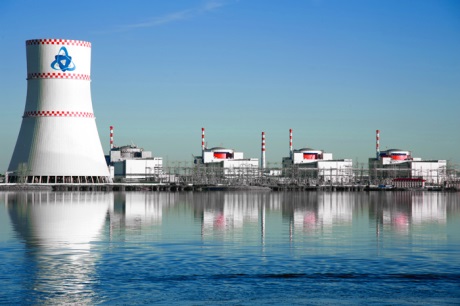SpaceX provides clear photos of the Falcon Heavy on the Launchpad
SpaceX provides clear photos of the Falcon Heavy on the launch pad. More photos of Falcon Heavy on the launch pad → https://t.co/095WHX44BX pic.twitter.com/Z5aE1BUFSt — SpaceX (@SpaceX) January 3, 2018 Brian WangBrian Wang is a Futurist Thought Leader and a popular Science blogger with 1 million readers per month. His blog Nextbigfuture.com is ranked #1 …











